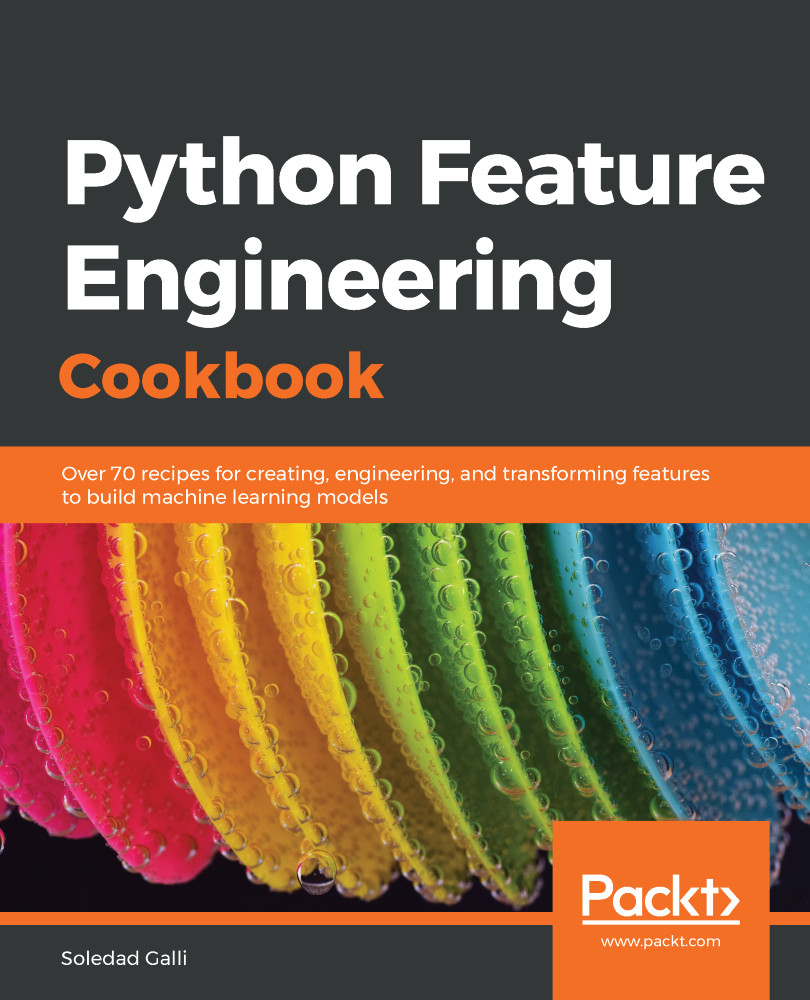A variable is a characteristic, number, or quantity that can be measured or counted. Most variables in a dataset are either numerical or categorical. Numerical variables take numbers as values and can be discrete or continuous, whereas for categorical variables, the values are selected from a group of categories, also called labels.
Variables in their original, raw format are not suitable to train machine learning algorithms. In fact, we need to consider many aspects of a variable to build powerful machine learning models. These aspects include variable type, missing data, cardinality and category frequency, variable distribution and its relationship with the target, outliers, and feature magnitude.
Why do we need to consider all these aspects? For multiple reasons. First, scikit-learn, the open source Python library for machine learning, does not support missing values or strings (the categories) as inputs for machine learning algorithms, so we need to convert those values into numbers. Second, the number of missing values or the distributions of the strings in categorical variables (known as cardinality and frequency) may affect model performance or inform the technique we should implement to replace them by numbers. Third, some machine learning algorithms make assumptions about the distributions of the variables and their relationship with the target. Finally, variable distribution, outliers, and feature magnitude may also affect machine learning model performance. Therefore, it is important to understand, identify, and quantify all these aspects of a variable to be able to choose the appropriate feature engineering technique. In this chapter, we will learn how to identify and quantify these variable characteristics.
This chapter will cover the following recipes:
- Identifying numerical and categorical variables
- Quantifying missing data
- Determining cardinality in categorical variables
- Pinpointing rare categories in categorical variables
- Identifying a linear relationship
- Identifying a normal distribution
- Distinguishing variable distribution
- Highlighting outliers
- Comparing feature magnitude


